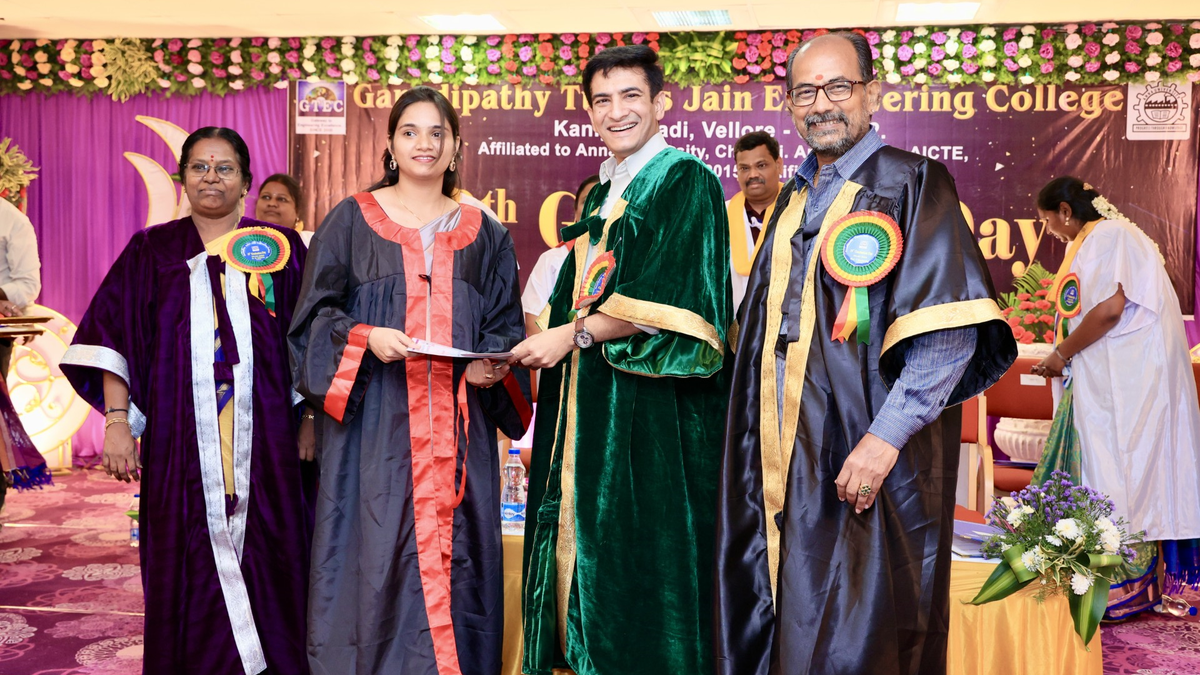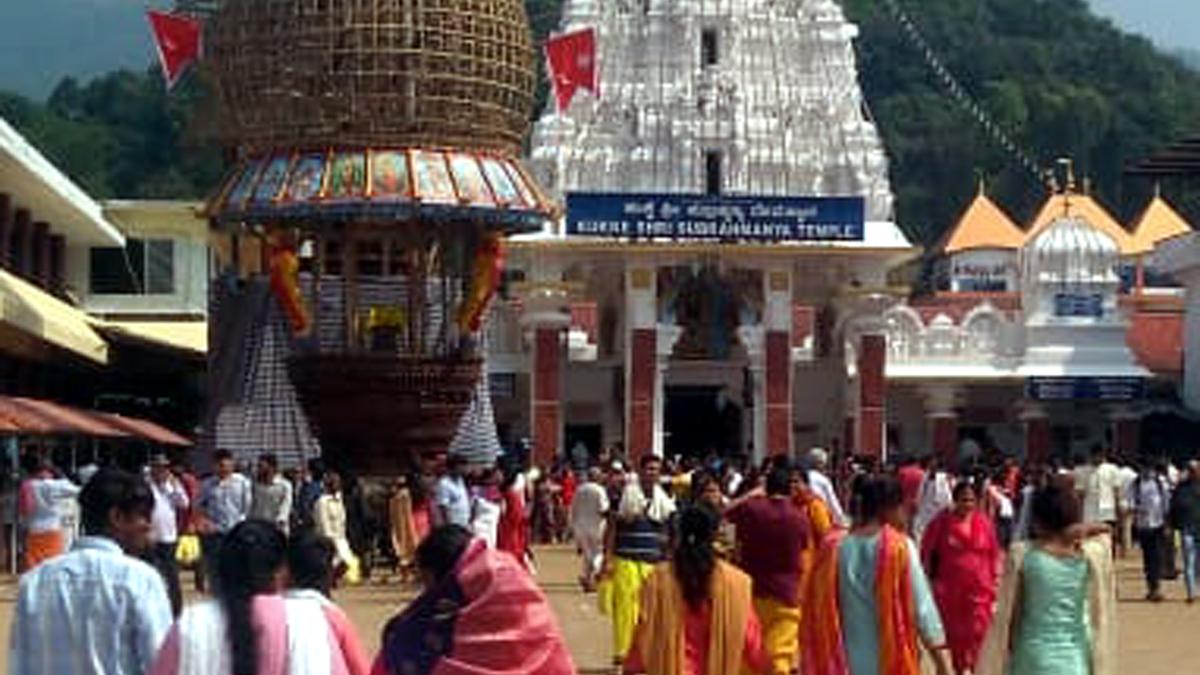Notes:
Use the filters to drill down further on electoral results constituency-wise in the respective Lok Sabha elections. Use the "Select State" dropdown to zoom into States/ UTs directly. The "Urban Clusters" dropdown allows zooming in to urban constituencies that are clustered together (NCR Region in and around Delhi for e.g., and other seats in metropolitan cities). You can see the data in either map or list view. List view will list the top 3 parties in each constituency and their vote shares. The "Clear-all" button will reset filters and the dropdowns to "All".
Urban/ Rural classification for parliamentary seats was done by aggregating night light intensity data on assembly constituencies, provided by the SHRUG database. 298 constituencies were identified as "Rural", 104: "Semi-rural", 71: "Semi-urban" and 62: "Urban".
A "turncoat" is defined as a contestant who shifted parties from the previous parliamentary election.
Electoral data were sourced from the Election Commission of India (https://www.eci.gov.in/) and Lok Dhaba, TCPD, Ashoka University -
Citation: Ananay Agarwal, Neelesh Agrawal, Saloni Bhogale, Sudheendra Hangal, Francesca Refsum Jensenius, Mohit Kumar, Chinmay Narayan, Basim U Nissa, Priyamvada Trivedi, and Gilles Verniers. 2021. “TCPD Indian Elections Data v2.0", Trivedi Centre for Political Data, Ashoka University. http://lokdhaba.ashoka.edu.in/
The shapefiles/GeoJSON for the maps were sourced from the Datameet community.
Urban/ Rural classification for parliamentary seats was done by aggregating night light intensity data on assembly constituencies, provided by the SHRUG database. 298 constituencies were identified as "Rural", 104: "Semi-rural", 71: "Semi-urban" and 62: "Urban".

 1 week ago
100
1 week ago
100



